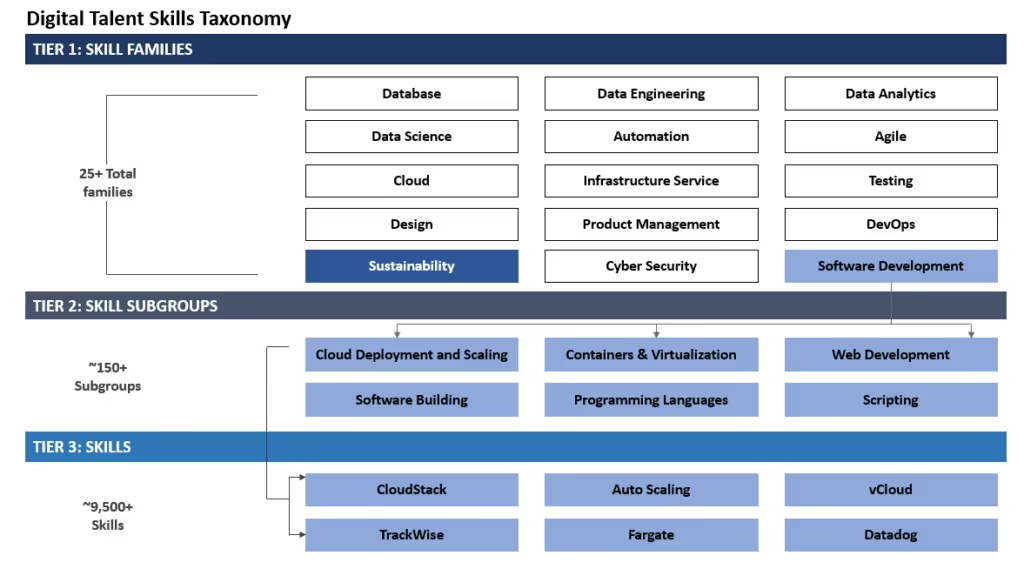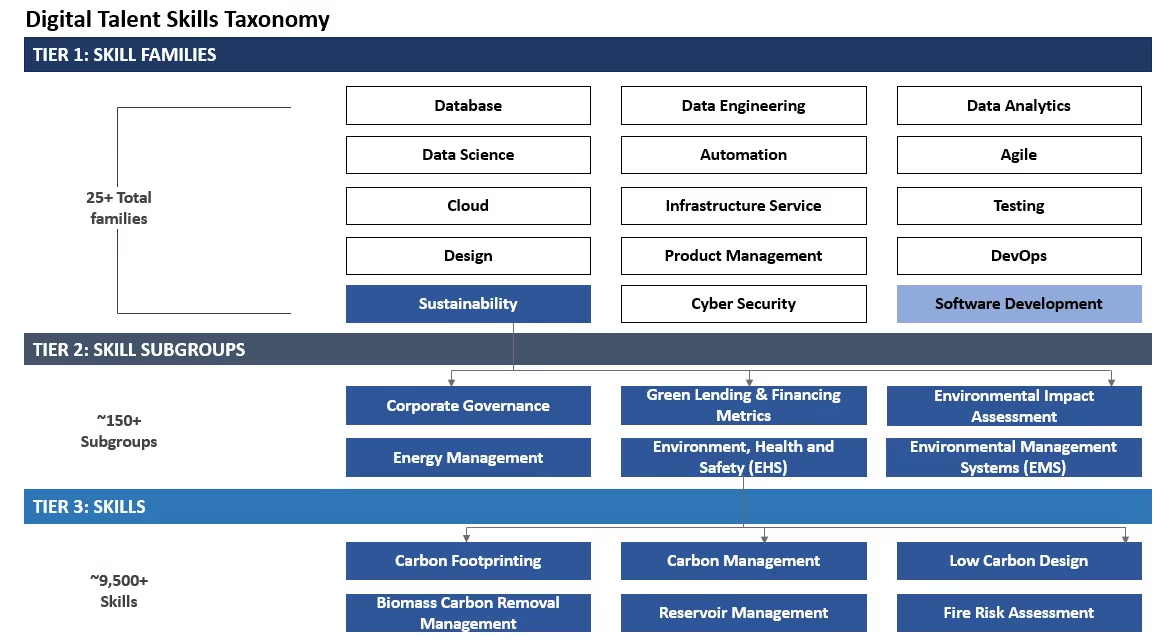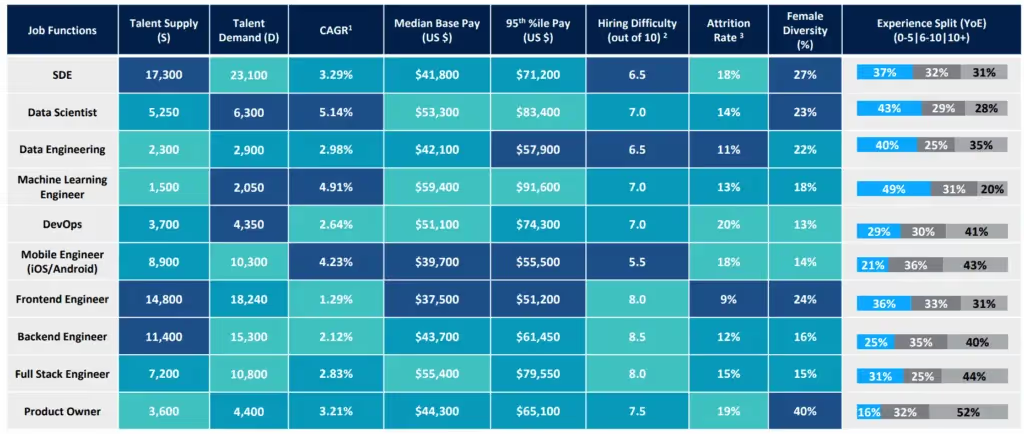Unraveling the Depth of Data: From Thick Data Sets to Talent Roadmaps in HR
Last week I discussed with a few clients the importance of contextualizing the data in Talent Intelligence. The focal point of the discussions revolved around the concept of ‘thick data sets,’ originally introduced and popularized by Clifford Geertz in the field of ethnographic studies. Clifford’s straightforward explanation for this is that when someone winks an eye, it may be due to a physiological condition, or they could be using it as a form of nonverbal communication to convey an emotion.
Having such context can be of immense benefit, as demonstrated by its role in aiding individuals like Henry Ford. Back when Ford envisioned his horseless carriage, the United States had less than 18,000 miles of paved roads. However, Ford grasped the significance of Mobility and Consumption (thick data sets) as the driving forces behind American society. In 1908, he launched the Model T. This groundbreaking model went on to sell 15 million vehicles before production ceased in 1927. (From the book Sensemaking written by Christian Madsbjerg)
In the realm of Human Resources, there are instances where we may examine specific data sets and not entirely grasp their underlying context. During a recent CNBC interview, Mary Barra, the CEO of GM, revealed that 40% of the Engineering workforce at GM has a tenure of less than five years, which might be unexpected in a long-established company. Merely examining this data may not be adequate; therefore, I engaged in a mind-mapping exercise to explore the potential factors that could have contributed to this situation.
Here is an example of all the factors per a rough Mind Map. This map is not necessarily complete but will serve as an enable to help you think about the different contexts that led to the state of the data point in discussion (40% of the Engineering workforce in GM is less than five years of tenure in the company)

HR leaders’ primary focus should be integrating Big data and Thick data (context) to create a talent roadmap.
Just as companies thrive with carefully constructed technological roadmaps driving digital transformation and progress, these roadmaps serve as strategic beacons, guiding the way to success through automation, software development, data analytics, cybersecurity, and AI. It is crucial to translate Technology and Business roadmap into a Talent Roadmap.
An example framework of converting Roadmap Elements like Sustainability, Software Development into a Talent Roadmap


To explore each skill ecosystem thoroughly, we can incorporate diverse metrics to gain profound insights and context. In a recent project, we extensively studied Poland across various parameters that qualify the talent ecosystems.
Below is an exemplar table from the study. Conducting such comprehensive analyses for each skills ecosystem will aid in effectively translating the Technical and Business Roadmaps into a cohesive Talent Roadmap. To further add context, we can add more variables, such as the quality of the talent working in startups. Draup can help you brainstorm more metrics and deliver the data on the same.











.svg)




















.svg)





.svg)
